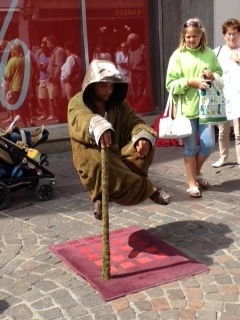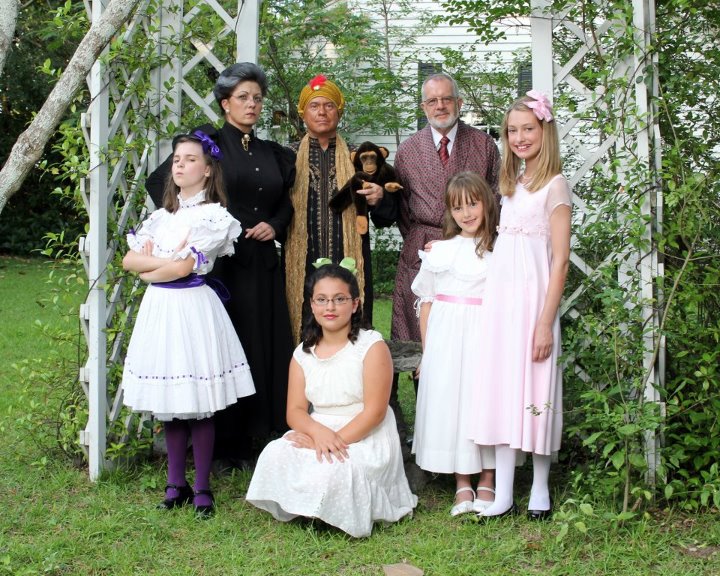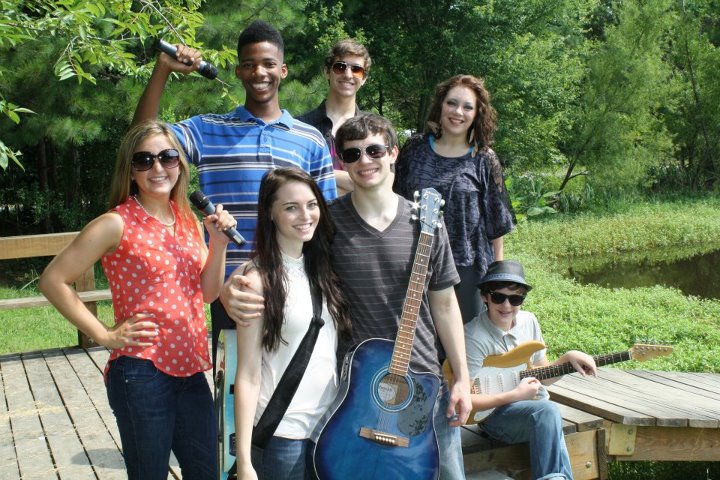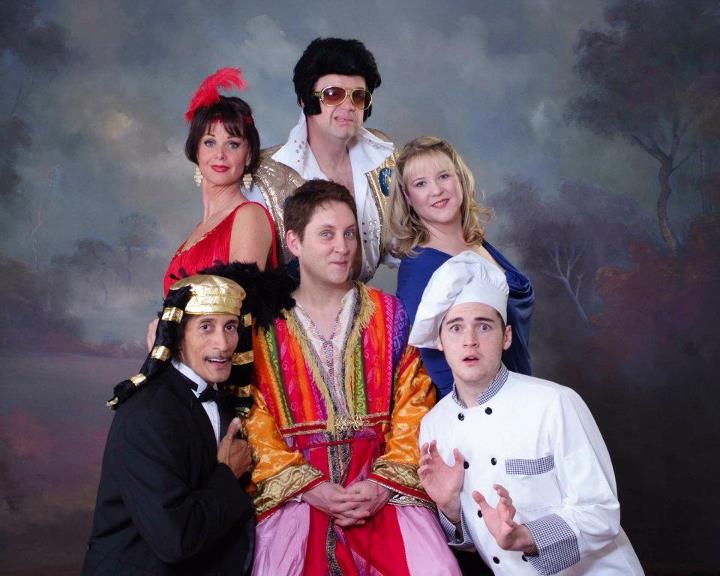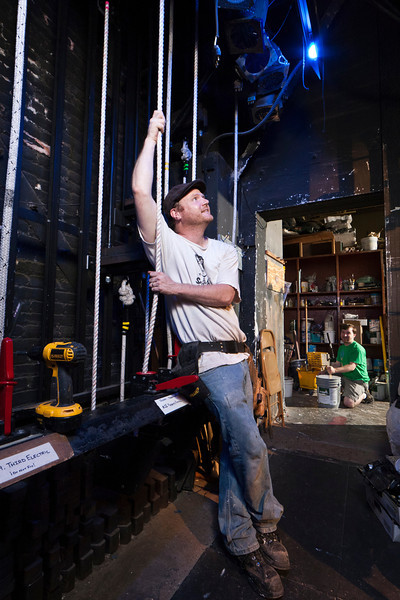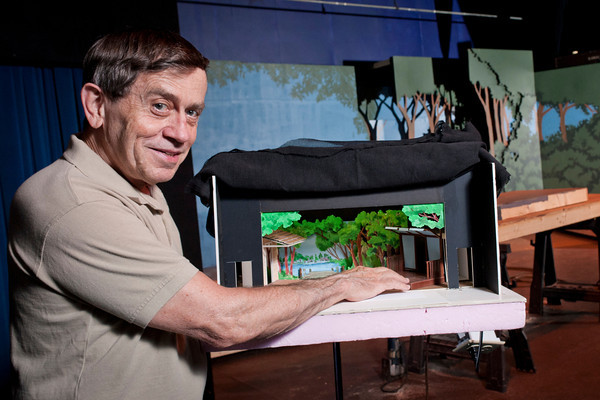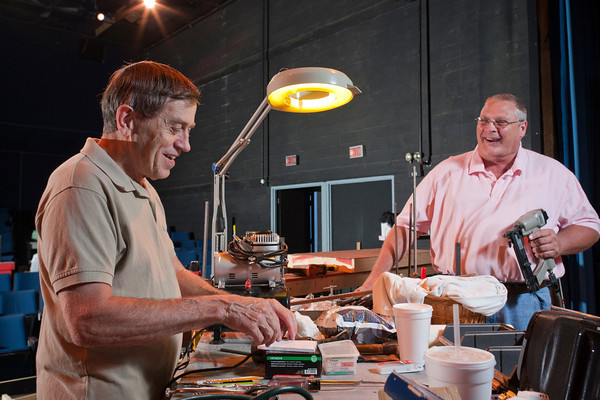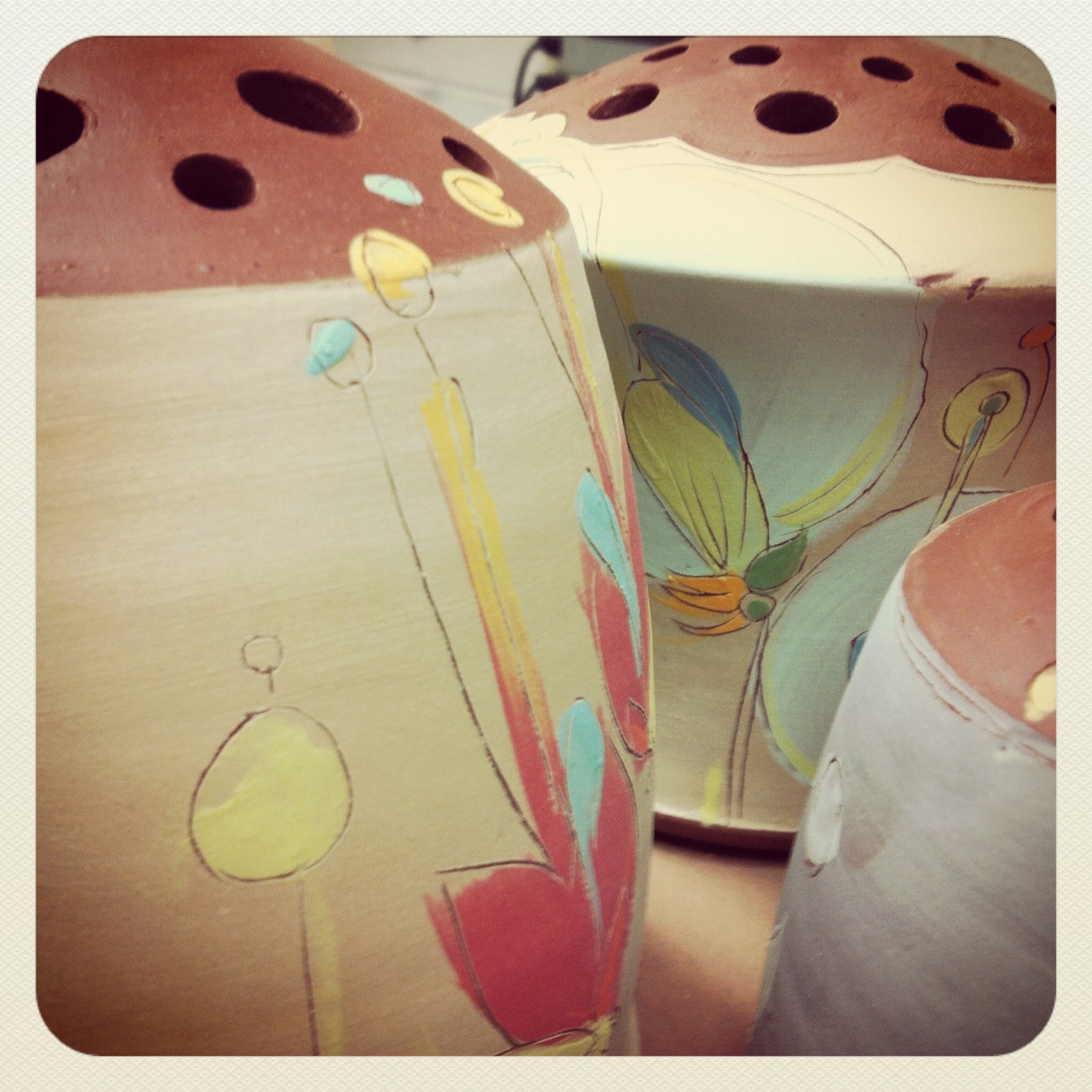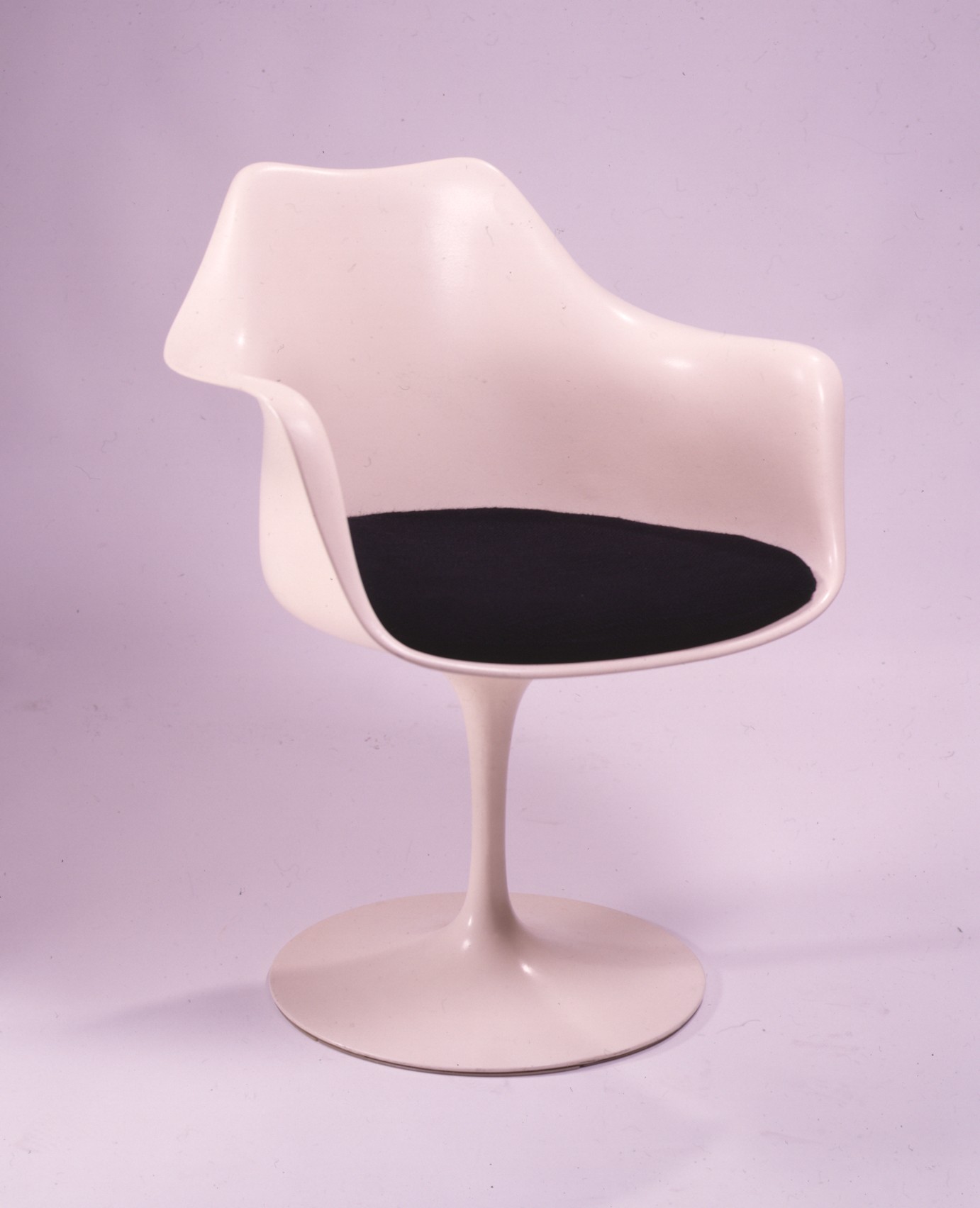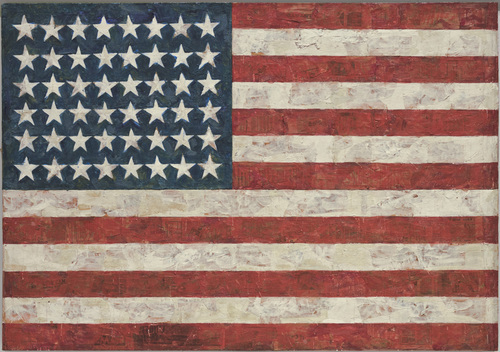Art, drink, and be merry!  On August 3rd, the Columbia Museum of Art will host its seasonal Arts & Draughts night. The event, according to CMA Public Programs Coordinator Shannon Burke, "gives people the opportunity to experience the Columbia Museum of Art in an entirely new way." And what a new experience it will be!
On August 3rd, the Columbia Museum of Art will host its seasonal Arts & Draughts night. The event, according to CMA Public Programs Coordinator Shannon Burke, "gives people the opportunity to experience the Columbia Museum of Art in an entirely new way." And what a new experience it will be!
On this night, attendees will get to experience an explosion of the senses as the event gears to "expand a visitor's way of thinking about what they can see, hear, and explore at the CMA," according to Burke.
The night is truly an event. Filled with live local music and tastings of a special beer - this time a naturally cloudy Hefeweizen from Widmer Brothers - the evening aims to get people in the door, then entice them to stay through the exciting escapades that take place thereafter. "By combining great live music and beer tastings, the audience stays and experiences all the CMA has to offer," Burke says. Specifically, A&D night's activities include exclusive tours, performances, scavenger hunts, and art projects.
A&D's inception was in January 2011, where it was held the first Friday of the month. Then, the aim of the event was to "introduce the CMA to a young adult audience when we had extended hours," Burke says. Now, the A&D is a seasonal event, and while the target audience remains constant, the evening has evolved. "A&D is always changing, so in a way if you are planning on attending the event, you should expect surprises. Expect new music, new beers to try, new performances, and great new ways to explore and enjoy the Museum as you never had before!"
This August's A&D will include a collaborative drawing table and multimedia games among other exciting activities. Live musical acts include DJ Matt Porter, Elonzo, Brave Baby, and Whiskey Gentry. Tickets are $8 for non-members and $5 for members, but if you become a member that night you have free admission to the event. Doors open at 7 p.m. and the party ends at 11 p.m.
~ Christopher Rosa, Jasper Intern


